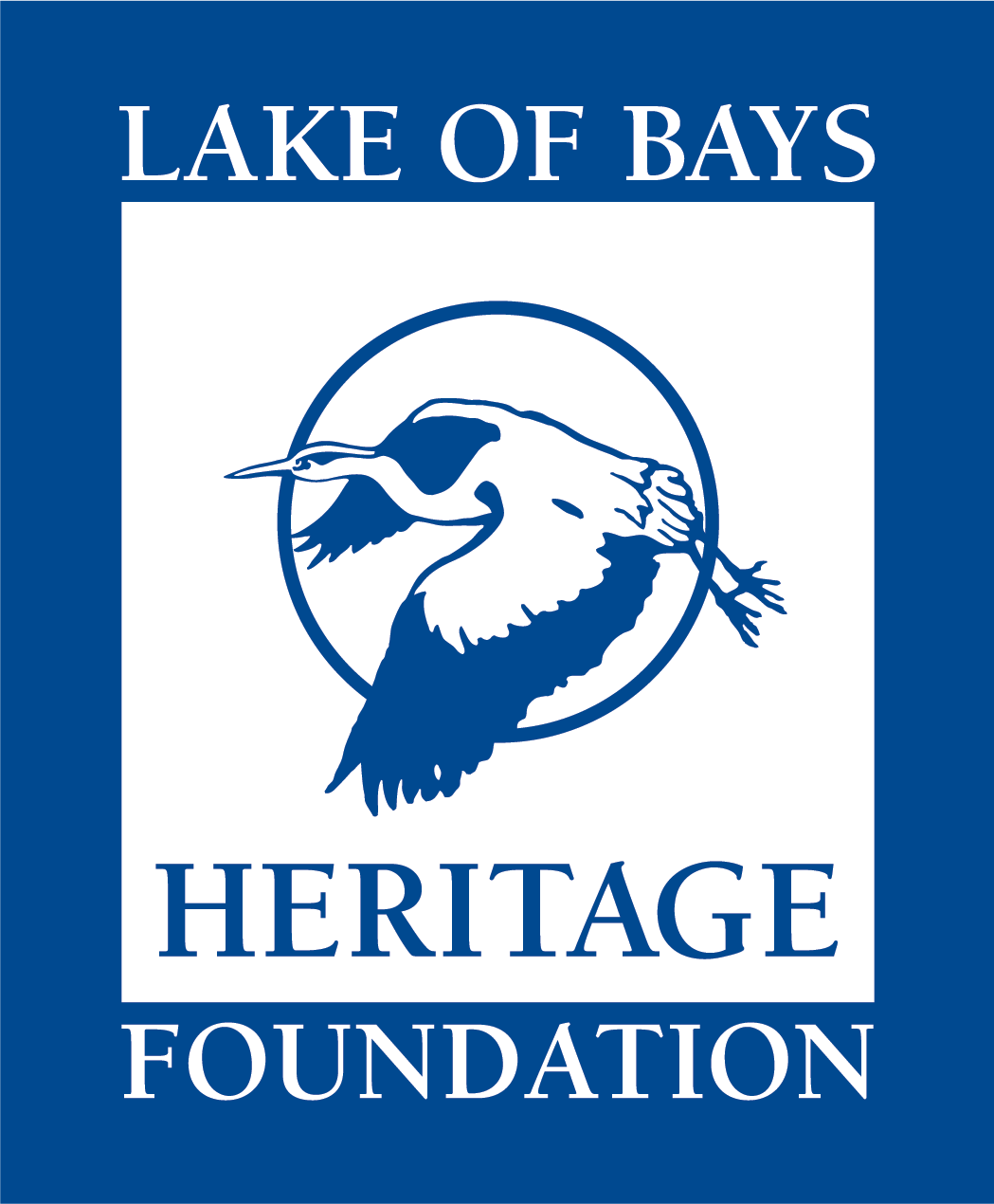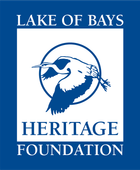Preserving The Legacy For Generations
The Lake of Bays Heritage Foundation is a non-profit organization committed to engaging the community in the preservation of the natural and community heritage of the Lake of Bays region.
Founded in 1985, the Foundation is an official land trust and registered charity with motivated volunteers providing educational material, nature events, and documenting community histories. The Foundation encourages the protection of our natural heritage through voluntary stewardship, conservation easements, land donations and land acquisitions.
PROTECTING
NATURAL HERITAGE
The Foundation focuses its efforts on engaging the community in protecting our natural heritage through educational material, nature events, and voluntary stewardship actions. We are an official land trust accepting land donations, holding conservation easements and advising our members about government conservation programs.
PRESERVING
COMMUNITY HERITAGE
Lake of Bays is blessed with many older cottages, buildings and churches. In addition to their historical significance and role as a window on our past, these structures add character and charm to our villages of Baysville, Dorset and Dwight as well as the communities of cottage families who have summered together for many generations.
What's Happening
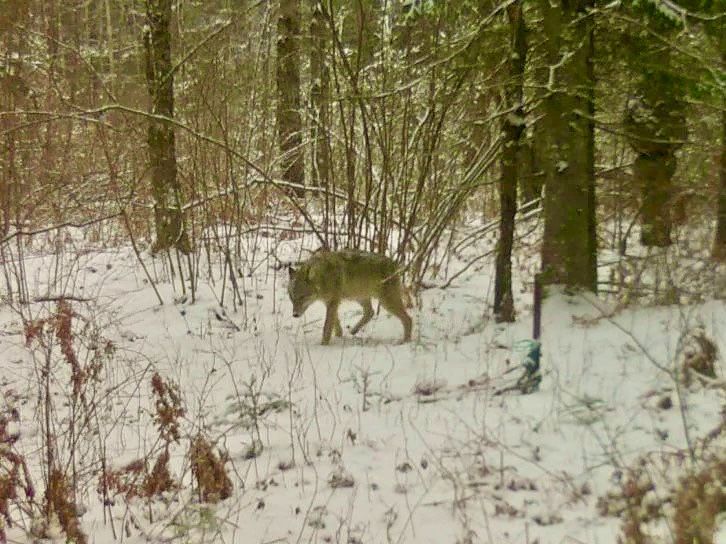
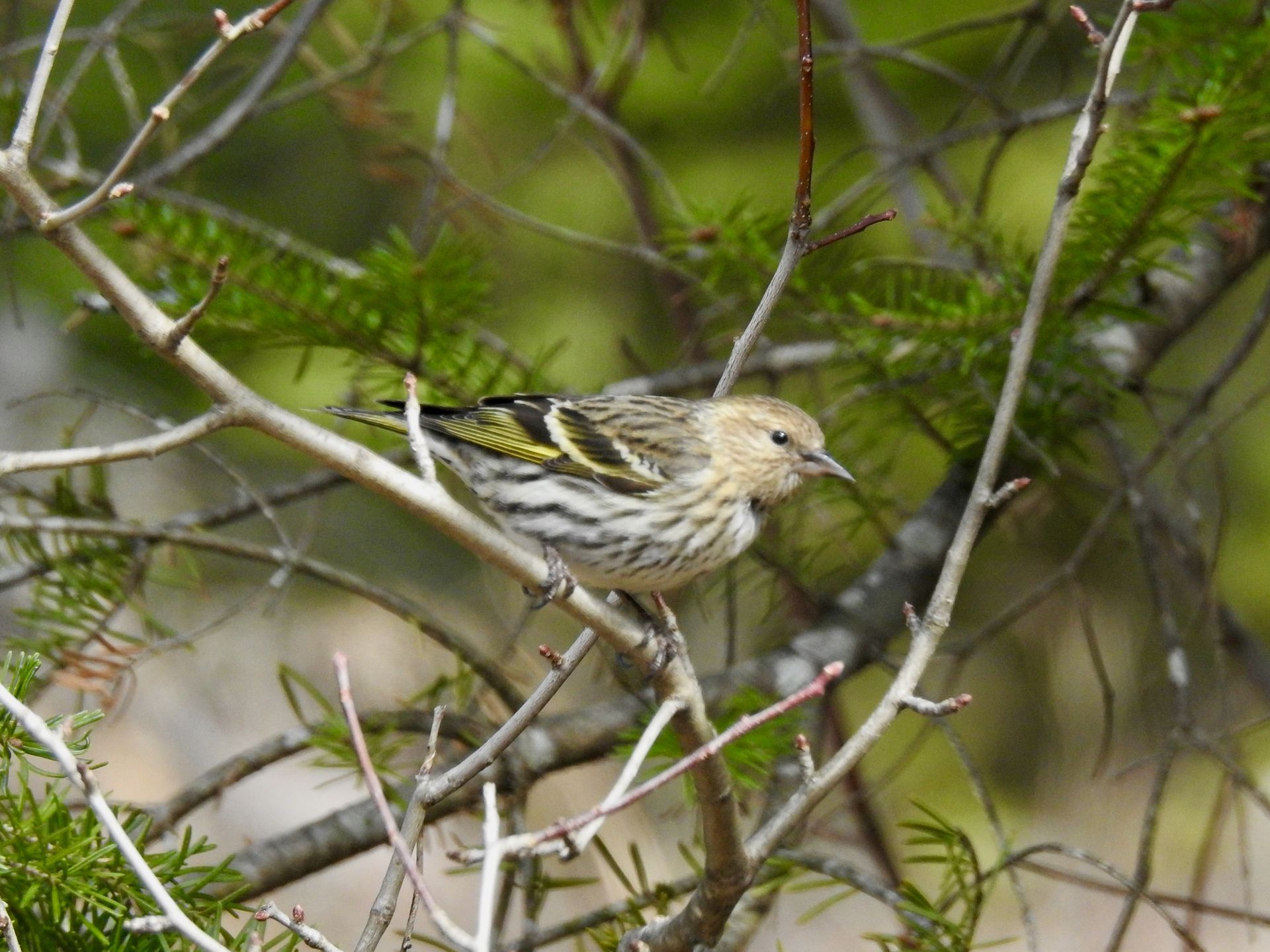
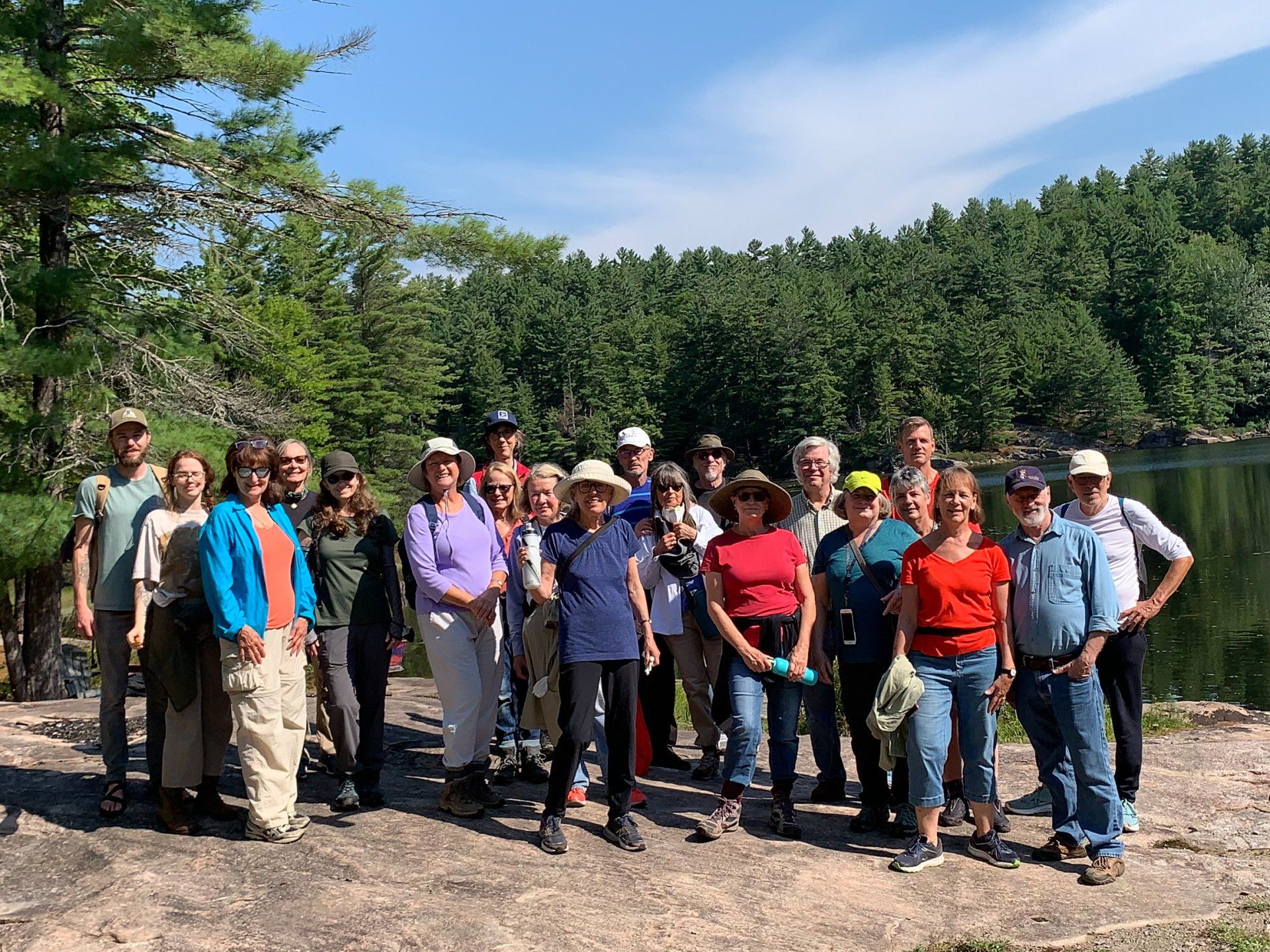
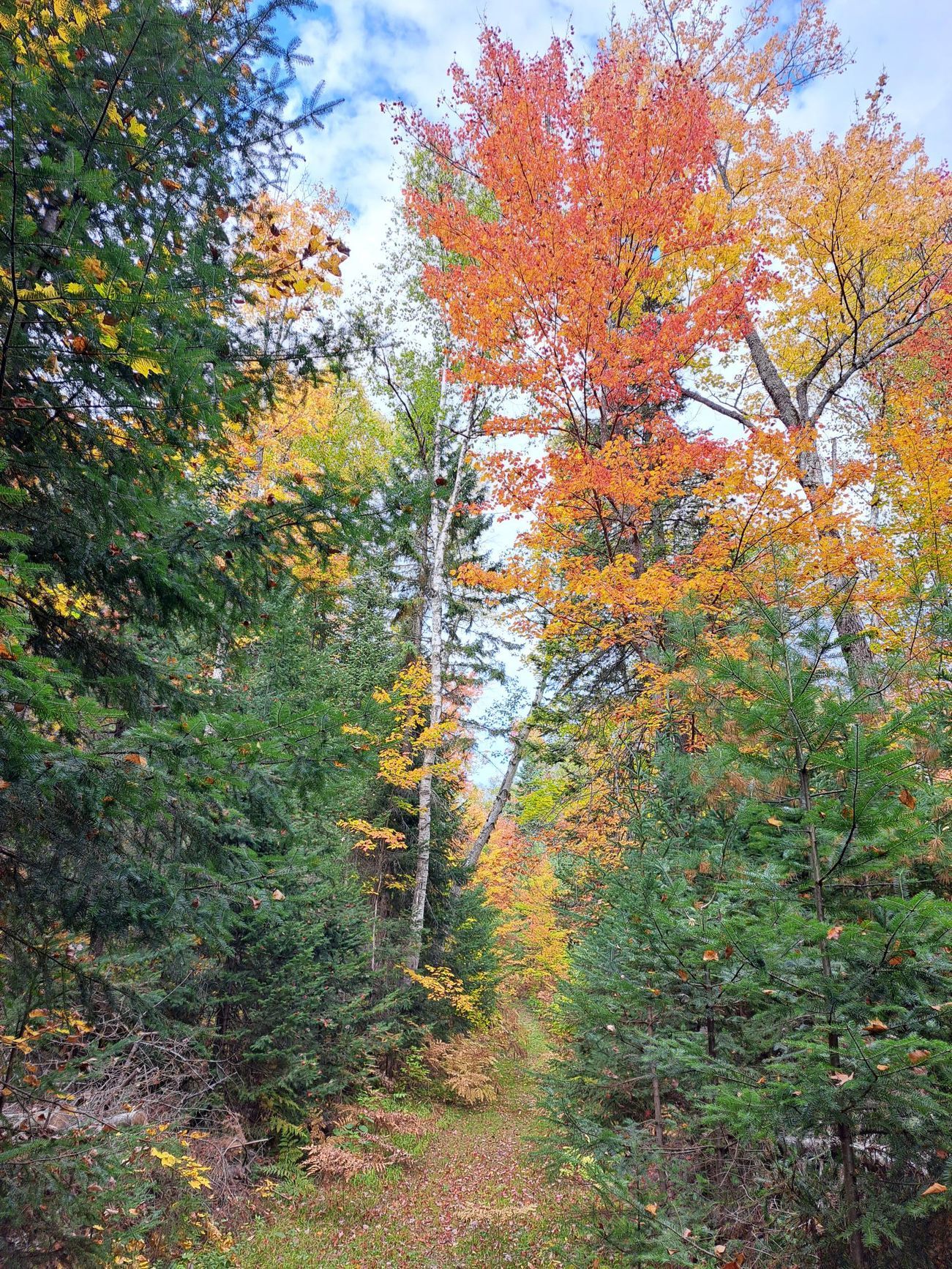
You Can Help Too!
DONATE
Your donation enables us to acquire natural heritage properties, take care of the land we already own and manage, and advocate for the protection of natural heritage values around the Township. There are many ways to donate.
JOIN
By becoming a member, you take a direct role in protecting the heritage of our community. Your membership donation makes our work possible and contributes to the protection of our rich heritage.
VOLUNTEER
Getting personally involved in protecting our heritage for future generations is fun, interesting and rewarding. There are many ways to contribute. We welcome your help!
Sign Up For Our Newsletter
All Rights Reserved The Lake of Bays Heritage Foundation
Privacy Policy | Board of Directors Login
Site Designed & Developed by Client First Web Design & Graphics
